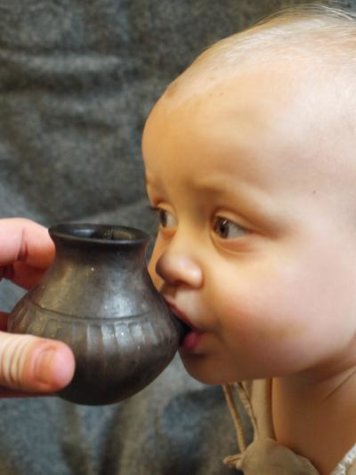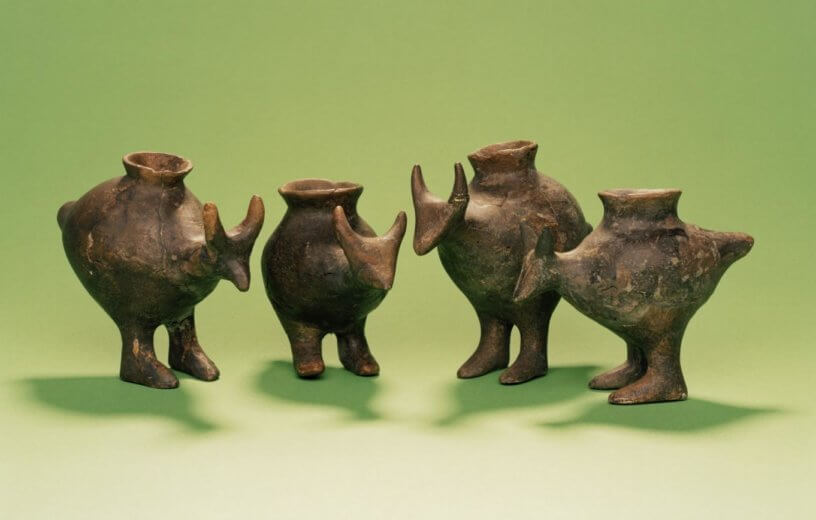BRISTOL, England — A new set of research performed at the University of Bristol in England is lending credence to the phrase “the more things change the more they stay the same.” Scientists have compiled the most convincing evidence to date that prehistoric babies were fed animal milk using small pots that equate to modern-day baby bottles.
While the actual discovery of the clay feeding vessels isn’t new, this is the first time scientists have been able to produce concrete scientific proof that these “baby bottles” carried milk. First appearing in Europe during the Neolithic period (5,000 B.C.), researchers believe these convenient feeding vessels were relatively common household items throughout the Bronze and Iron Ages.

The small pots are tiny enough to fit within an infant’s hand, and feature a spout which a baby could use to suckle. Some are even decorated with depictions of imaginary animals. However, prior to this study there was no way definitive way to tell what they were used for exactly. For example, an alternative explanation for their use was in hospitals among the sick.
So, in order to gather some concrete evidence, the research team selected three pots found in child graves in Bavaria. These pots were very small, only about 2-3 inches across, and all three had an extremely narrow sprout. Researchers then analyzed residue within the pots and confirmed that they held ruminant milk, likely from cattle, sheep, or goat.
These findings, coupled with the fact that the pots were found in child graves, effectively confirm that the pots were used to feed infants animal milk, according to the study. Scientists say the infants were either receiving animal milk in place of human milk using these ancient baby bottles, or they were being weaned onto supplementary foods, which is another noteworthy finding.
Before this study, the only evidence scientists had of prehistoric weaning came from isotopic analysis of infant skeletons. However, that method only afforded rough information on when the infants were weaned, not what they were actually ingesting. Thus, researchers were also able to shed some light on prehistoric breastfeeding and weaning practices, as well as overall infant and maternal health during this period.
“These very small, evocative, vessels give us valuable information on how and what babies were fed thousands of years ago, providing a real connection to mothers and infants in the past,” comments lead author Dr. Julie Dunne in a release. “Similar vessels, although rare, do appear in other prehistoric cultures (such as Rome and ancient Greece) across the world. Ideally, we’d like to carry out a larger geographic study and investigate whether they served the same purpose.”
On an even larger scale, this is the first study ever to apply such a direct method of identifying weaning foods to infants from the past. This opens the door for additional studies in the future on feeding devices from other ancient cultures around the world.
“Bringing up babies in prehistory was not an easy task. We are interested in researching cultural practices of mothering, which had profound implications for the survival of babies. It is fascinating to be able to see, for the first time, which foods these vessels contained.” explains Dr. Katharina Rebay-Salisbury, a project partner.
The study is published in the scientific journal Nature.
